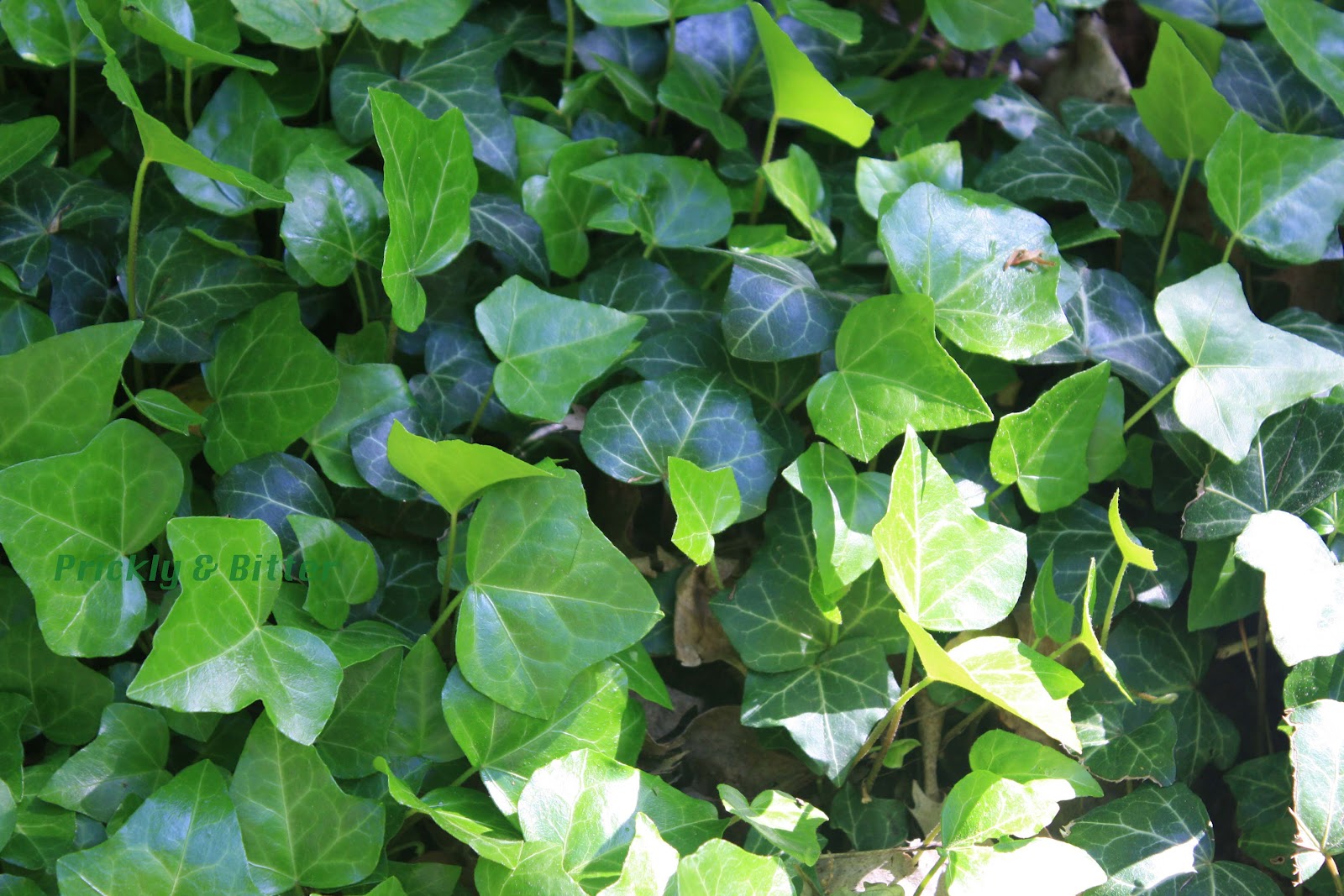Unveiling the beauty and versatility of English ivy live plant, this article delves into its botanical characteristics, horticultural applications, and cultural significance. With its captivating foliage and adaptability, English ivy has become a beloved choice for both indoor and outdoor spaces.
From its origins and classification to its environmental preferences and growth habits, we explore the scientific wonders of this resilient plant. Discover the practical benefits and aesthetic appeal of using English ivy as a groundcover, climbing vine, or decorative accent, and learn expert tips on planting, care, and propagation.
Botanical Characteristics

English ivy (Hedera helix) is an evergreen climbing plant belonging to the Araliaceae family. It is native to Europe, Western Asia, and Northern Africa, and has been introduced to other regions worldwide.
English ivy is characterized by its distinctive leaves, which are typically palmately lobed with 3-5 lobes. The leaves are arranged alternately on the stems and can vary in shape and size depending on the variety. The stems are long and woody, and they can climb up walls, trees, and other structures using aerial rootlets.
English ivy produces small, greenish-yellow flowers in the fall. The flowers are arranged in clusters, and they are not particularly showy. However, they are an important food source for bees and other insects.
Environmental Conditions
English ivy is a hardy plant that can tolerate a wide range of environmental conditions. It can grow in full sun to full shade, and it is tolerant of drought and poor soil conditions. However, it prefers well-drained soil and regular watering.
English ivy is also relatively tolerant of air pollution and can be grown in urban areas. It is often used as a groundcover or climbing plant in gardens and landscapes.
Horticultural Applications
English ivy, a versatile plant with distinctive foliage, offers a range of horticultural applications both indoors and outdoors. Its adaptability and hardiness make it a popular choice for landscaping, providing aesthetic appeal and practical benefits.
Landscaping Uses
English ivy is widely used as a groundcover, particularly in shady areas where grass struggles to thrive. Its dense growth habit creates a lush, evergreen carpet that suppresses weeds and helps retain soil moisture. As a climbing vine, it can be trained to cover walls, trellises, and other vertical structures, adding a touch of greenery and architectural interest.
Benefits and Drawbacks, English ivy live plant
As a groundcover, English ivy offers several advantages. It is relatively low-maintenance, requiring minimal watering and fertilization. Its dense growth can help prevent erosion and improve soil health by adding organic matter. However, it is important to note that English ivy can become invasive in some areas, especially in moist, well-drained soils. It can spread rapidly, potentially smothering other plants and disrupting native ecosystems.
As a climbing vine, English ivy provides a quick and effective way to cover unsightly surfaces or create privacy screens. It is also known to attract beneficial insects and provide shelter for wildlife. However, it requires regular pruning to control its growth and prevent it from becoming too dense. Additionally, it can attach itself to surfaces with aerial roots, which may cause damage to certain materials over time.
Planting, Care, and Propagation
Planting English ivy is relatively straightforward. It prefers well-drained soil and can tolerate a wide range of light conditions, from full sun to full shade. It is important to water regularly, especially during the first growing season, and to fertilize occasionally with a balanced fertilizer. English ivy can be propagated easily through stem cuttings or by layering.
Cultural and Historical Significance: English Ivy Live Plant

English ivy has a rich history and cultural significance in various regions worldwide. Its symbolism and folklore have evolved over centuries, reflecting its diverse uses and associations.
Symbolism and Folklore
In ancient Greece, English ivy was associated with the god Dionysus, the patron of wine and revelry. Its evergreen nature symbolized immortality and rebirth. The Romans believed it represented fidelity and eternal love, often using it to decorate wedding ceremonies.
In Celtic cultures, English ivy was considered a sacred plant, associated with the Otherworld and the realm of the dead. It was often planted on graves to symbolize the continuity of life beyond death.
Art, Literature, and Architecture
English ivy has been a popular subject in art and literature for centuries. In paintings and sculptures, it is often depicted as a symbol of growth, resilience, and the passage of time. In literature, it has been used to create atmospheric settings and evoke a sense of mystery or romance.
In architecture, English ivy is commonly used as a climbing plant on walls and buildings. Its dense foliage can provide insulation and create a sense of privacy. It has also been used to create intricate topiary designs, adding an element of whimsy and elegance to gardens and landscapes.